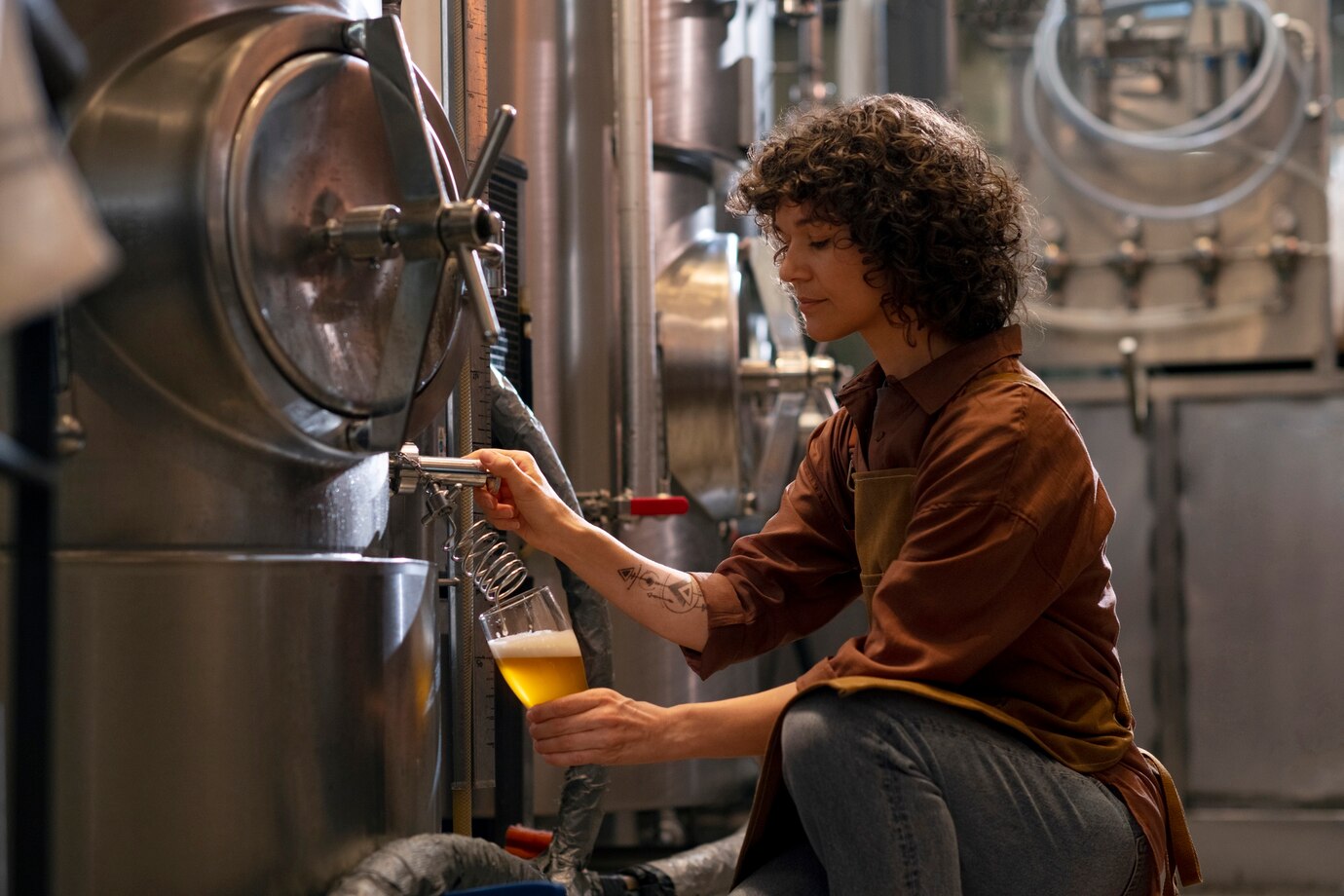De-alcoholized Wine: How It's Made and Why It Tastes So Good

The demand for non-alcoholic wines has surged in recent years, driven by health-conscious trends and the growing NoLo (No- and Low-alcohol) movement. Consumers are increasingly seeking alternatives that allow them to enjoy the ritual of wine without the harmful effects of alcohol. De-alcoholized wine offers a perfect solution, combining the complexity and taste of traditional wine with a healthier, alcohol-free profile. This article explores how de-alcoholized wine is made and why it continues to delight wine enthusiasts worldwide.
What Is De-Alcoholized Wine?

De-alcoholized wine begins as traditional wine but undergoes a process to remove its alcohol content while preserving its flavor and aroma. Unlike grape juice, which is unfermented, de-alcoholized wine retains the fermentation process, ensuring it maintains the depth and complexity associated with regular wines.
This beverage appeals to health-conscious individuals and sober-curious consumers who want to enjoy the sensory experience of wine without compromising their lifestyle goals.
The Science Behind De-Alcoholization

Winemakers Select a Base
High-quality wine serves as the foundation for de-alcoholized options. Using premium grapes ensures that the final product retains its authentic taste and texture.
De-Alcoholization Techniques
-
Vacuum Distillation
-
Alcohol is removed at low temperatures by lowering atmospheric pressure, boiling ethanol gently without damaging flavor compounds.
-
This method preserves aromas, textures, and sensory qualities better than traditional distillation techniques.
-
Reverse Osmosis
-
A filtration process separates alcohol molecules while retaining concentrated wine flavors.
-
This method is energy-efficient and widely used in industrial-scale production of non-alcoholic wines.
-
Spinning Cone Columns
-
High-speed spinning gently evaporates alcohol while preserving delicate aromatic compounds.
-
Though effective, it requires significant investment in equipment.
Taste Testing & Flavor Adjustments

After dealcoholization, winemakers often restore balance by reintroducing aromatic molecules or adjusting acidity levels. These steps ensure the final product mimics the original wine’s complexity
Why De-Alcoholized Wine Tastes So Good
The innovative techniques used in dealcoholization preserve the original aromas, textures, and complexity of traditional wines. Vacuum distillation, for example, ensures delicate flavors remain intact by avoiding excessive heat exposure. Additionally, micro-oxygenation techniques can enhance the mouthfeel and depth of non-alcoholic wines.
Benefits of De-Alcoholized Wine
Health Benefits
- Lower calorie count compared to alcoholic counterparts.
- Reduced risks associated with alcohol consumption, such as liver damage or impaired sleep quality.
Social Benefits
De-alcoholized wine allows individuals to enjoy social gatherings without compromising sobriety or health goals. It’s particularly popular among sober-curious consumers looking for sophisticated alternatives to alcoholic beverages.
Challenges in De-Alcoholization
Removing alcohol can sometimes lead to a loss of mouthfeel or weight in wines. Innovations like concentrated grape solutions or advanced flavor restoration techniques address these challenges effectively.
Historical Context
The concept of dealcoholization dates back to pioneers like Dr. Welch and Carl Jung, who patented methods for alcohol removal. Over time, advancements like vacuum distillation have revolutionized the industry, enabling winemakers to produce high-quality non-alcoholic wines that rival their alcoholic counterparts.
Conclusion
De-alcoholized wine represents a perfect alternative for those seeking health-conscious options without sacrificing taste or complexity. By using cutting-edge techniques like vacuum distillation and reverse osmosis, winemakers ensure their products retain the authentic flavors of traditional wines while eliminating alcohol’s harmful effects.
Ready to experience the best in de-alcoholized wines? Visit SipYours.com today and discover your new favorite glass—without the buzz!




